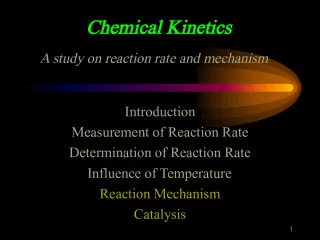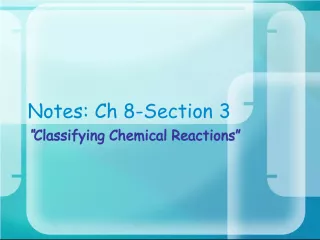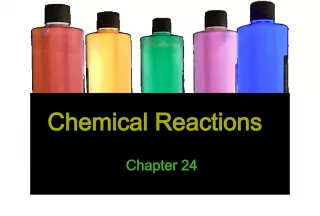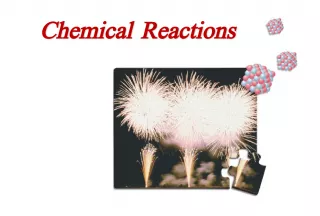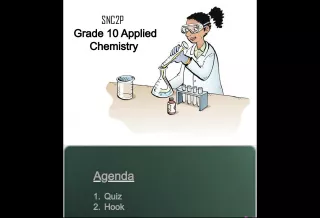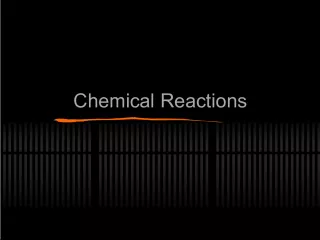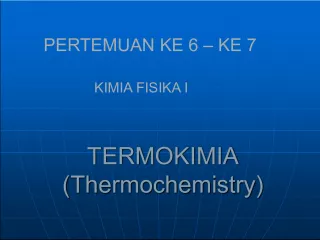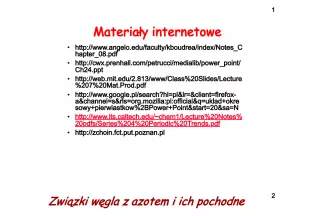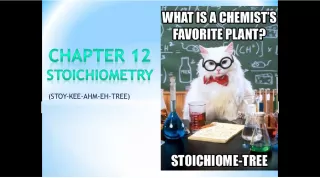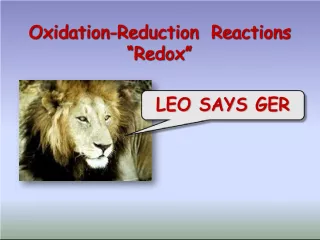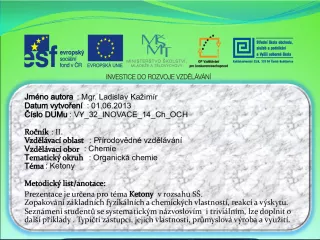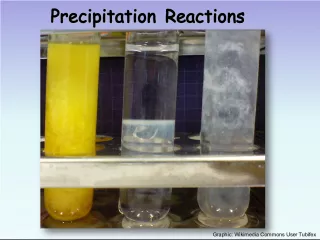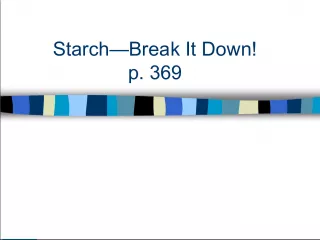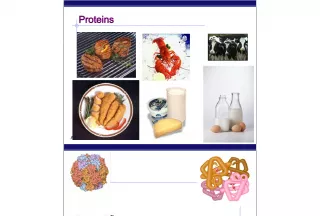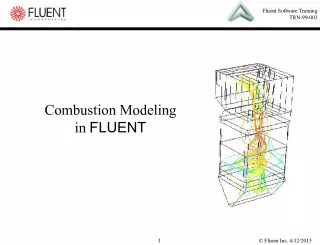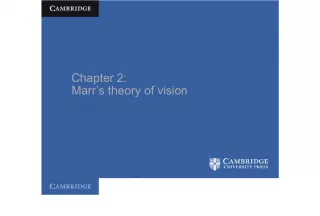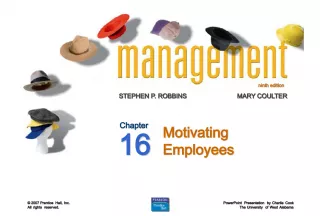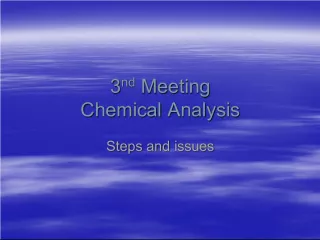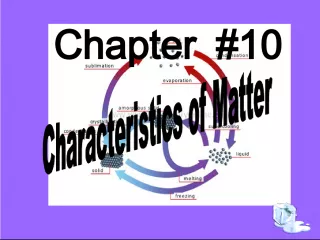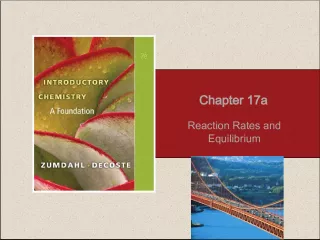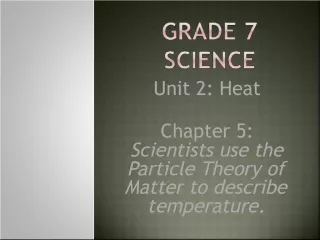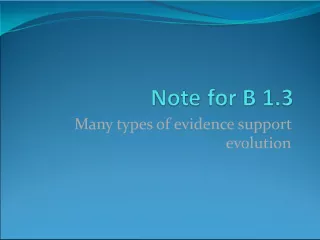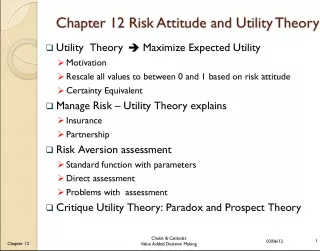Kinetics and Collision Theory in Chemical Reactions


Chemical reactions involve collisions between particles, and factors such as energy and orientation affect the rate of reaction. Effective collisions lead to the formation of products, and increasing their frequency leads to a faster reaction.
- Uploaded on | 2 Views
-
 arlenesilva
arlenesilva
About Kinetics and Collision Theory in Chemical Reactions
PowerPoint presentation about 'Kinetics and Collision Theory in Chemical Reactions'. This presentation describes the topic on Chemical reactions involve collisions between particles, and factors such as energy and orientation affect the rate of reaction. Effective collisions lead to the formation of products, and increasing their frequency leads to a faster reaction.. The key topics included in this slideshow are . Download this presentation absolutely free.
Presentation Transcript
Slide1Kinetics(Reaction Rate) How Fast Does the Reaction Go
Slide2Rates of reactionKINETICS Objectives l To understand that a chemical reaction involves collisions between particles l To be able to describe the four factors which will affect the rate of a chemical reaction. l To describe the factor that can not be changed and affect the rate of a chemical reaction.
Slide3Collision Theoryl In order to react molecules and atoms must COLLIDE with each other. l They must hit each other with enough energy and with the correct orientation . l The more “frequently” the particles hit, the faster the reaction will go. l A COLLISION THAT RESULTS IN PRODUCT IS CALLED EFFECTIVE COLLISION l Anything that increase these effective collisions will make the reaction faster.
Slide4How do we make thereaction go faster? l There are four things that we can change to make the reaction go faster. l Temperature l Surface area l Concentration l Using a catalyst
Slide5Temperaturel When we increase the temperature we give the particles energy, this makes them move faster, which means they collide with other particles more often. l So the reaction goes faster.
Slide6Surface areal If we make the pieces of the reactants smaller we increase the number of particles on the surface which can react. l This makes the reaction faster. The particles on the surface can react When cut into smaller pieces the particles on the inside can react
Slide7Concentrationl If we make one reactant more concentrated (like making a drink of orange squash more concentrated ) l There are more particles in the same volume to react l So the reaction goes faster. There are less red particles in the same volume so there is less chance of a collision There are more red particles in the same volume so there is more chance of a collision so the reaction goes faster
Slide8Factors that Affect Ratel Catalysts- substances that speed up a reaction without being used up.(enzyme). – Speeds up reaction by giving the reaction a new path. – The new path has a lower activation energy. – More molecules have this energy. – The reaction goes faster. l Inhibitor- a substance that blocks a catalyst.
Slide9Factors that Affect RateSummary l Temperature – Higher temperature faster particles. – More and harder collisions. – Faster Reactions. l Concentration – More concentrated means molecules closed together. – Collide more often. – Faster reaction.
Slide10lParticle size – Molecules can only collide at the surface. – Smaller particles bigger surface area. – Smaller particles faster reaction. – Smallest possible are molecules or ions. l Dissolving speeds up reactions. – Getting two solids to react with each other is slow.
Slide11Using a catalystl A catalyst is a chemical which is added to a reaction. l It makes the reaction go faster. l The catalyst does not get used up in the reaction.
Slide12Potential Energy Diagramsl Represent the changes in potential energy that occur during a chemical reaction. l The reaction coordinate represents the progress of the reaction.
Slide13Remember in terms ofenergy content l HIGH ENERGY =UNSTABLE l LOW ENERGY = STABLE
Slide14Classification of reactionsl Exothermic Rx : releases energy. Heat part of the products. l Endothermic Rx : absorbs energy. Heat part of the reactants .
Slide15Definitionsl Activation Energy : the minimum amount of energy needed to start up a chemical reaction. l Activated Complex : a temporary intermediate product. Highest point of the diagram. Is UNSTABLE.
Slide16CatalyzedReactions l Need less energy to start up the reaction. The presence of a catalyst LOWERS THE ACTIVATION ENERGY!!!
Slide17EnergyReaction coordinate Reactants Products
Slide18EnergyReaction coordinate Reactants Products Activation Energy - Minimum energy to make the reaction happen
Slide19EnergyReaction coordinate Reactants Products Activated Complex or Transition State
Slide20EnergyReaction coordinate Reactants Products Overall energy change ( H)
Slide21ThermochemistryThe study of the changes in heat energy that accompany chemical reactions and physical changes .
Slide22What is H? H is the enthalpy , or “ heat of reaction .” The amount of energy released or absorbed during a chemical reaction. By convention H rxn = H products - H reactants
Slide23What is an exothermic reaction?A reaction that gives off or releases heat. Since... H rxn = H products - H reactants then H rxn will be a negative number
Slide24EnergyReaction coordinate Reactants Products Overall energy change ( H)
Slide25What is an endothermic reaction?A reaction that absorbs heat. Since… H rxn = H products – H reactants then H will be a positive number.
Slide26EnergyReaction coordinate Reactants Products Overall energy change ( H)
Slide27Heats of Reaction Table IThe new reference table (Table I) shows different heats of reaction for some common reactions.
Slide28EXOTHERMIC RXl Release heat. H for reaction is negative The value for H is the amount of heat released during the rx l We write the heat it as PRODUCT in the chemical equation The greater the magnitude of H the more stable the product will be!!!!
Slide29Exothermic vs Endothermic
Slide30lAbsorb heat H for reaction is positive The value for H is the amount of heat absorbed during the rx l We write the heat it as REACTANT in the chemical equation The greater the magnitude of H the more UNstable the product will be!!!! ENDOTHERMIC RX
Slide31MC Q-FACTORS1. 2 2. 1 3. 2 4. 2 5. 4 6. 4 7. 3 8. 1 9. 3 10. 2 11. 4 12. 2 13. 1 14. 2 15. 2 16. 1
Slide32INTERPRETING REACTIONCOORDINATES handout 1) B 2) A 3) G 4) G 5) A 6) F 7) F 8) F 9) F 10) B 11) E 12) I 13) D 14) J 15) C 16) H 17) H 18) A
Slide33HEATS OF REACTION MC1) 1 2) 1 3) 4 4) 2 5) 2 6) 2 7) 2 8) 1 9) 1 10) 4 11) 4 12) 1
Slide34PE DIAGRAMS FOR RX1. EXO 2. -30 3. 20 4. 10 5. 60 6. ENDO 7. 25 8. 20 9. 30 10. SAME 11. H 12. E 13. B 14. G 15. I 16. F 17. A 18. C 19. D
